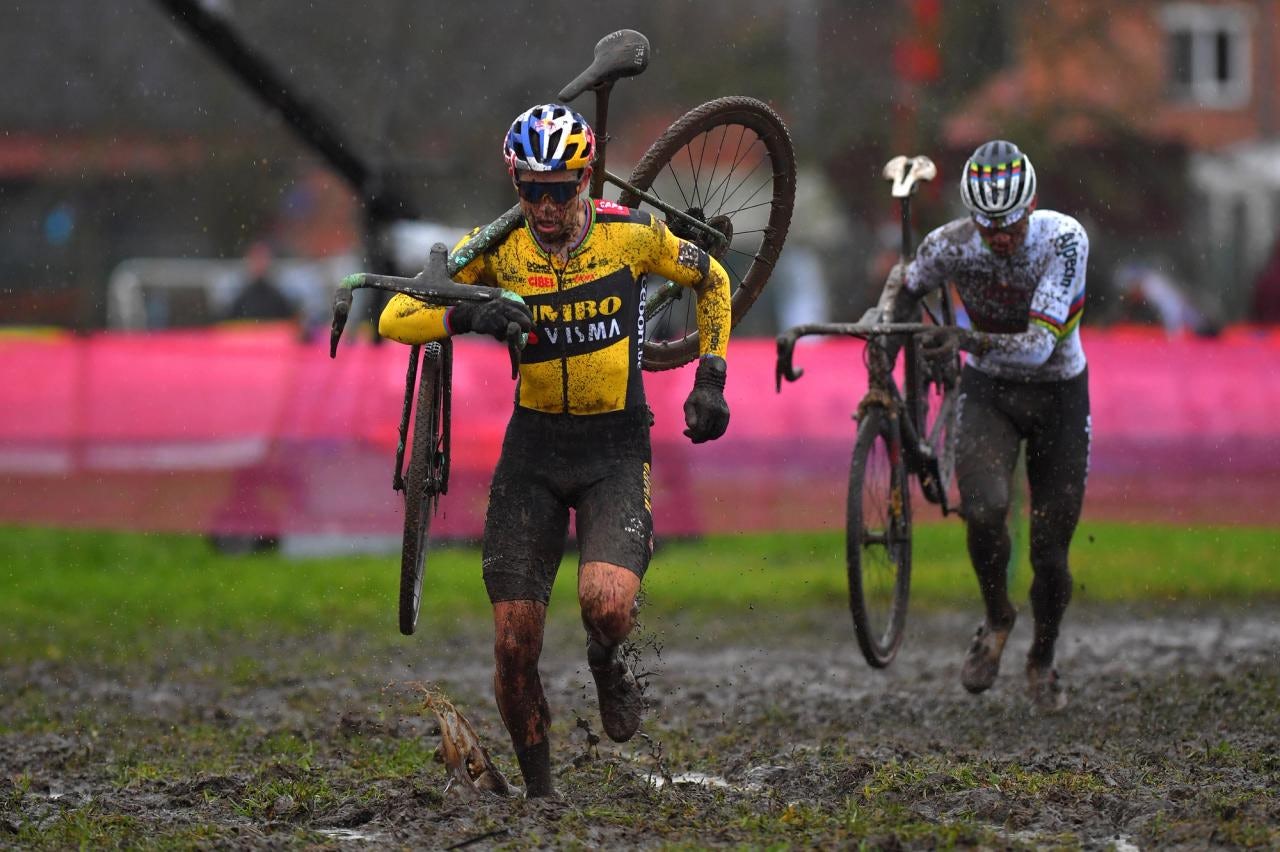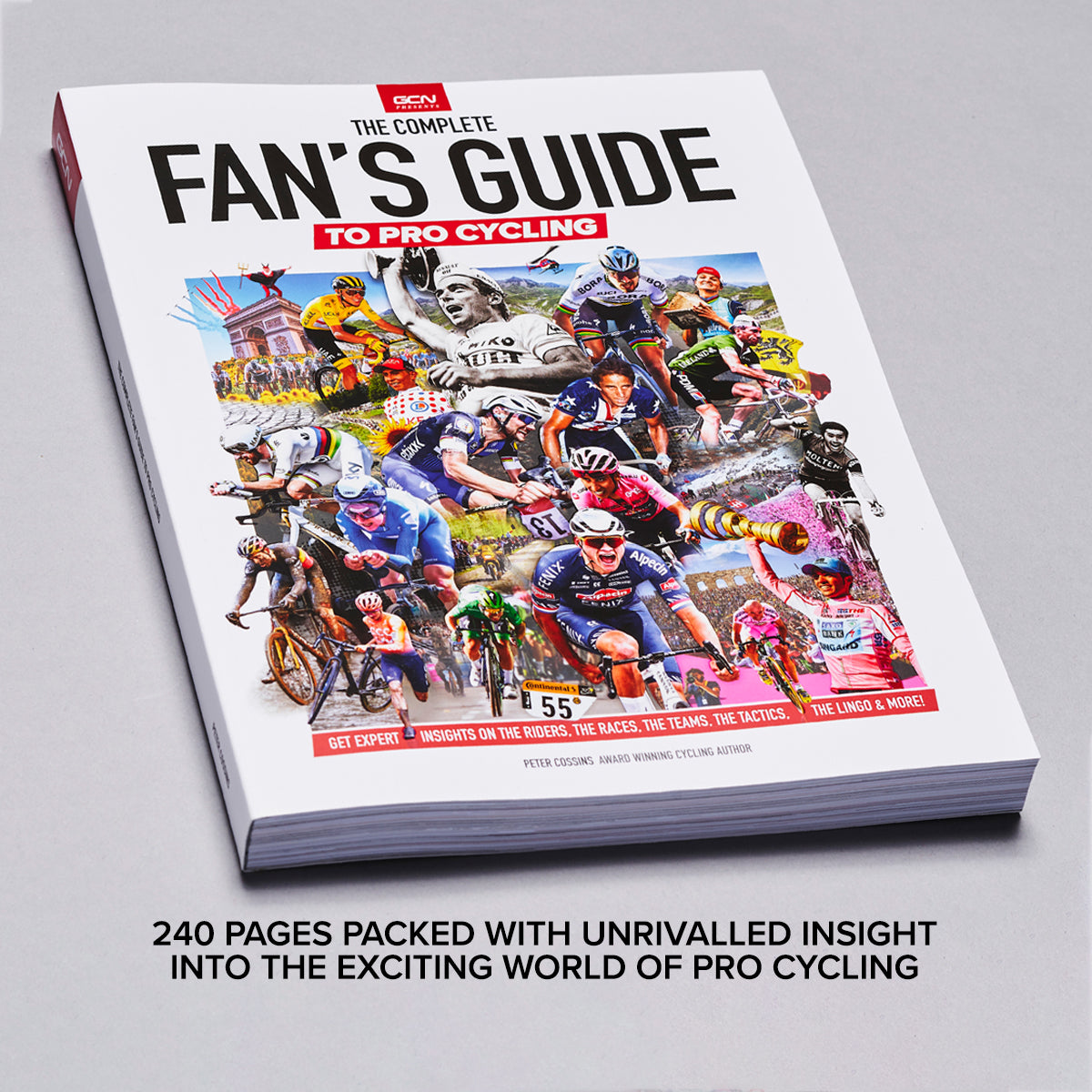A beginner's guide to cyclocross
Here's your go-to explainer to discover the sport of cyclocross, its history, how it differs from other forms of cycling and how you can tune into the live coverage
GCN
The GCN team
© Velo Collection (TDW) / Getty Images
‘Cross isn’t for the faint of heart, nor those who like to keep themselves looking pristine
Cyclocross, also known simply as ‘cross, is a peculiar sub-discipline of competitive cycling that has been baffling newcomers for decades. A unique blend of road cycling, mountain biking and cross-country running, it’s no surprise that this Frankenstein-like sport causes confusion, even for the most seasoned of us cycling fans. Fear not, though, for we’ve put together this beginner’s guide to outline everything you need to know about cyclocross, from what it is and how it differs from other two-wheeled disciplines, to where it came from. Prepare to become a ‘cross expert!
What is cyclocross?
Towards the end of the road season, as the golden summer days of the northern hemisphere give way to the wind and rain of autumn, cycling turns its attention to the gritty world of cyclocross. From the Giro d'Italia, Tour de France and Vuelta a España, eyes instead turn to Koksijde, Overijse and Tábor.
Often referred to as ‘cross or CX, it is to road racing what cross-country running is to marathons. Primarily taking place between September and February, you’ll usually find ‘cross races on closed courses between 2.5 and 3.5km long.
They can be run over a variety of off-road settings from parkland to woodland and occasionally on inventive urban routes through city centres. The bikes ridden are often specially adapted for the challenges these locales present, but we’ll get into that later.
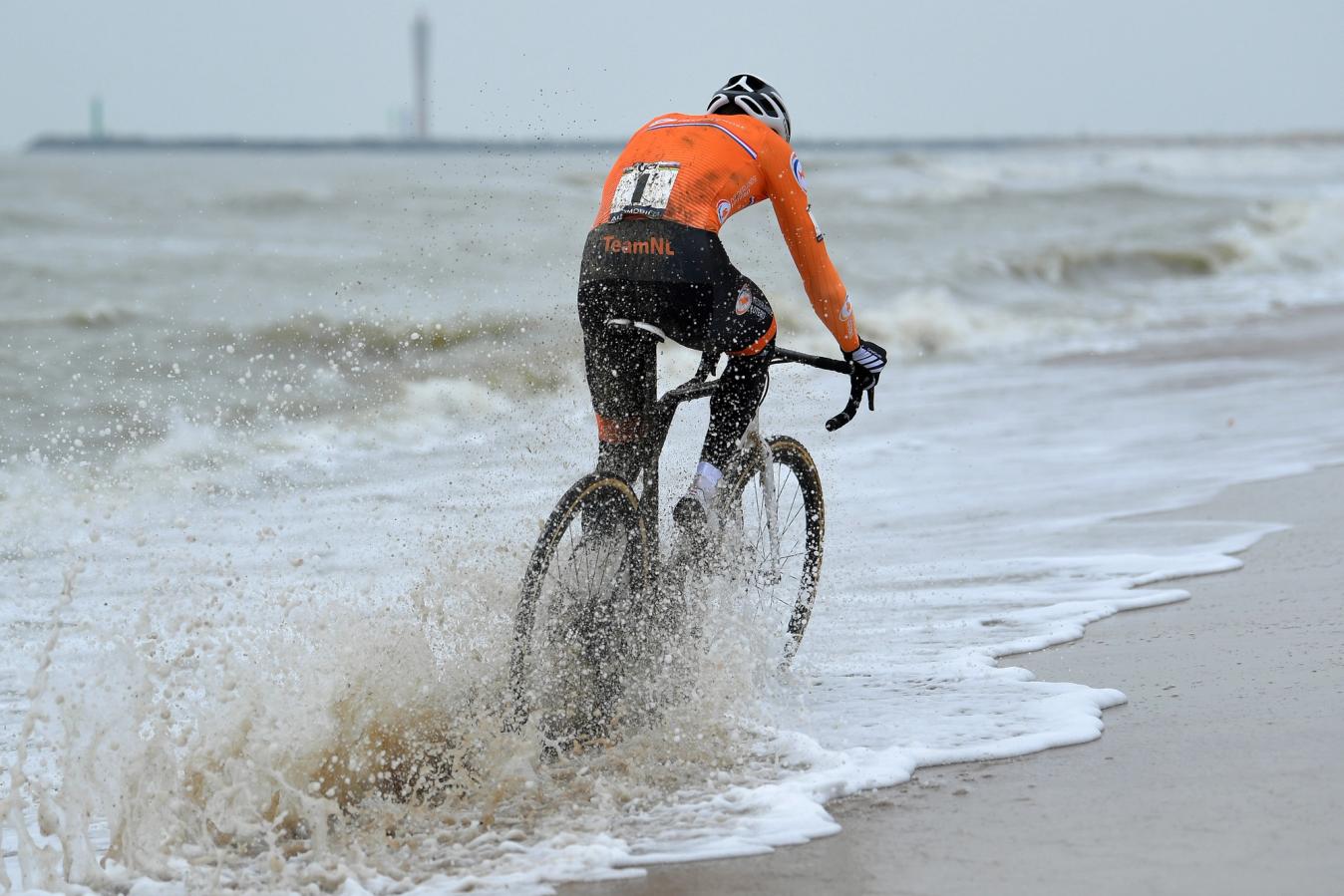
© Velo Collection (TDW) / Getty Images
‘Cross races feature all kinds of different surfaces, from smooth tarmac to deep sand
Riders take on multiple laps of a course for around 50 minutes for women and an hour for men. Given the weather can speed up or slow down the lap times, after the first couple of laps the commissaires calculate how many laps should make up an hour and the riders will be informed by a countdown board at the start/finish line. So a dry race can be run at high speed and cover 10-11 laps, but a sodden day might see the competitors only finish five.
When was cyclocross introduced?
The sport has been around for well over 100 years, with the French National Championships in 1902 marking one of the first official events. Like all good sports, there’s a mythology that goes with its origins. The story is that riders would race each other from town to town, and were allowed to take shortcuts through fields, over fences or across rivers – generally looking for the quickest way to get to their finishing point.
After the 1910 Tour de France winner, Octave Lapize, attributed his win to a winter of practice in the field, ‘cross spread rapidly and by the 1930s there were national championships in France, Belgium, Switzerland, Luxembourg, Spain and Italy. There was a brief pause for World War II before the first World Championships were held in Paris by the UCI - the Union Cycliste Internationale, cycling’s governing body - in 1950.

© Velo Collection (TDW) / Getty Images
New World Champions have been crowned by the UCI every year for the last 72 years
These days it is very much a part of the professional scene. Road racing legends such as Roger de Vlaeminck and Bernard Hinault competed regularly, and some of the biggest stars of the modern peloton like Wout van Aert, Mathieu van der Poel, Tom Pidcock and Marianne Vos who are setting the WorldTour ablaze, all started out in cyclocross.
Read more: Mathieu van der Poel may cut road season short to prepare for cyclocross campaign
How does cyclocross differ from other disciplines?
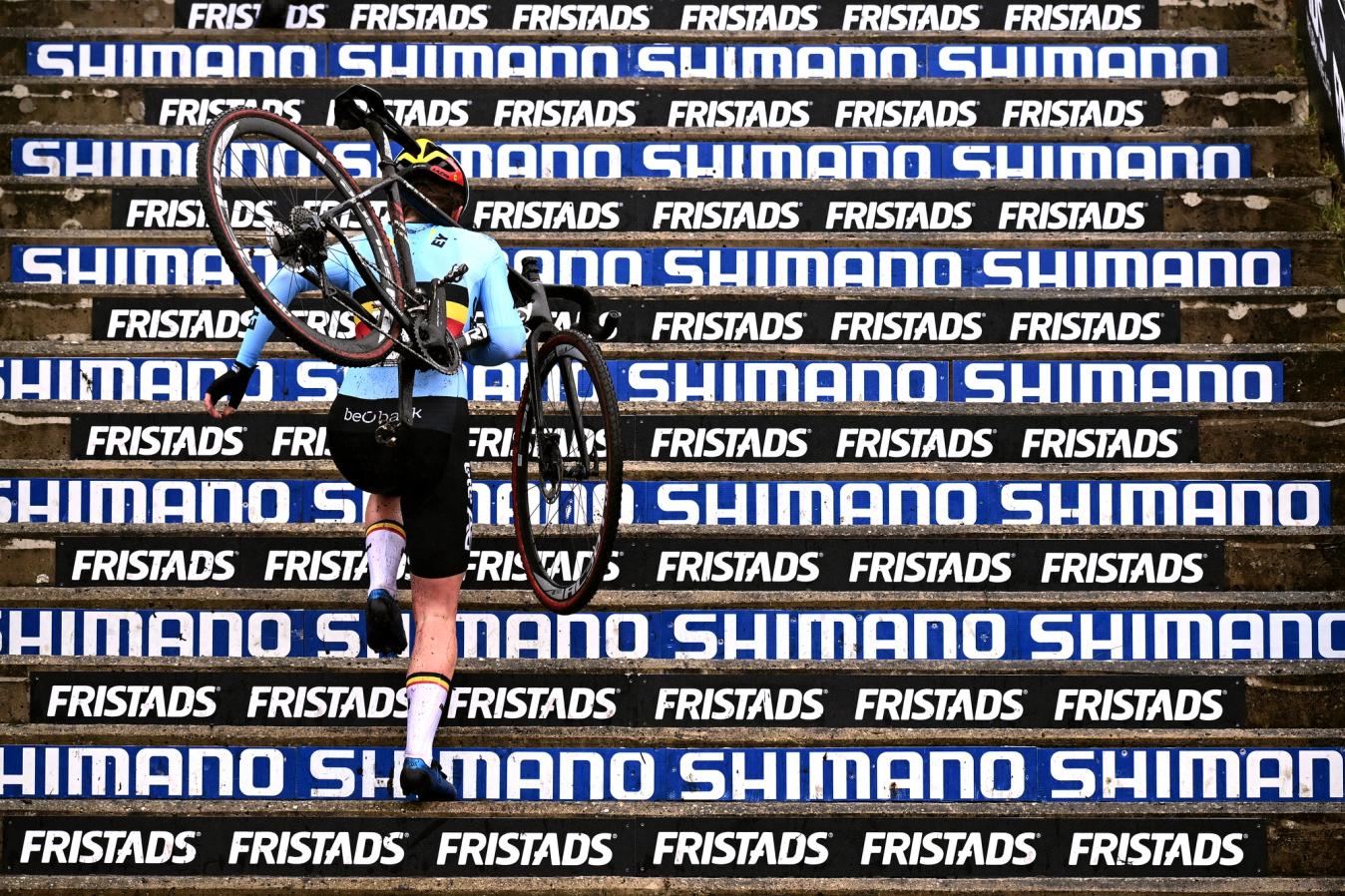
© Velo Collection (TDW) / Getty Images
Obstacles like barriers and staircases are focal features on a lot of ‘cross courses
Where road races cover vast distances from town to town through the majesty of nature, ‘cross venues tend to be squeezed into a few square kilometres on a short course, allowing fans to scream at their favourite rider as they pass on multiple occasions during a race.
The venues for a ‘cross race present a multitude of obstacles and challenges for the riders that are simply not found in other disciplines. For a good idea, try heading to your local park and look at what might be hard to ride up, down or along – they’re sure to be included in a ‘cross race.
Steep banks are the staple of course planners. Either as an explosive effort to get up, a technical off-camber or a white-knuckle descent. All of which become harder once you introduce the mud and slop that rainfall brings as the seasons wear on.
But that’s not all. ‘Cross course designers are fiends for sprinkling a little man-made chaos into the mix. Sandpits push the riders’ skills or make them dismount and run. While a pair of barriers need to be bunny-hopped or cause a rider to dismount completely in order to negotiate. Sometimes there’s even a set of stairs to ensure riders’ legs are burning even more after all those other efforts.
Given the off-road settings, you might expect them to be riding on mountain bikes. But no. Riders take to the start line on what are essentially road bikes with knobbly tyres - which must be no wider than 33mm. Frame geometry is tight to deal with the sharp corners and the clearance is a bit higher for that extra rubber.
Read more: The differences between a cyclocross bike and a gravel bike
‘Cross bikes used to run cantilever brakes as standard but now, with the arrival of superior disc brake technology, that standard has shifted. The advantage of disc brakes over cantilever brakes is that the braking surface - the disc itself - is kept much cleaner and free of any brake-impeding blockages.
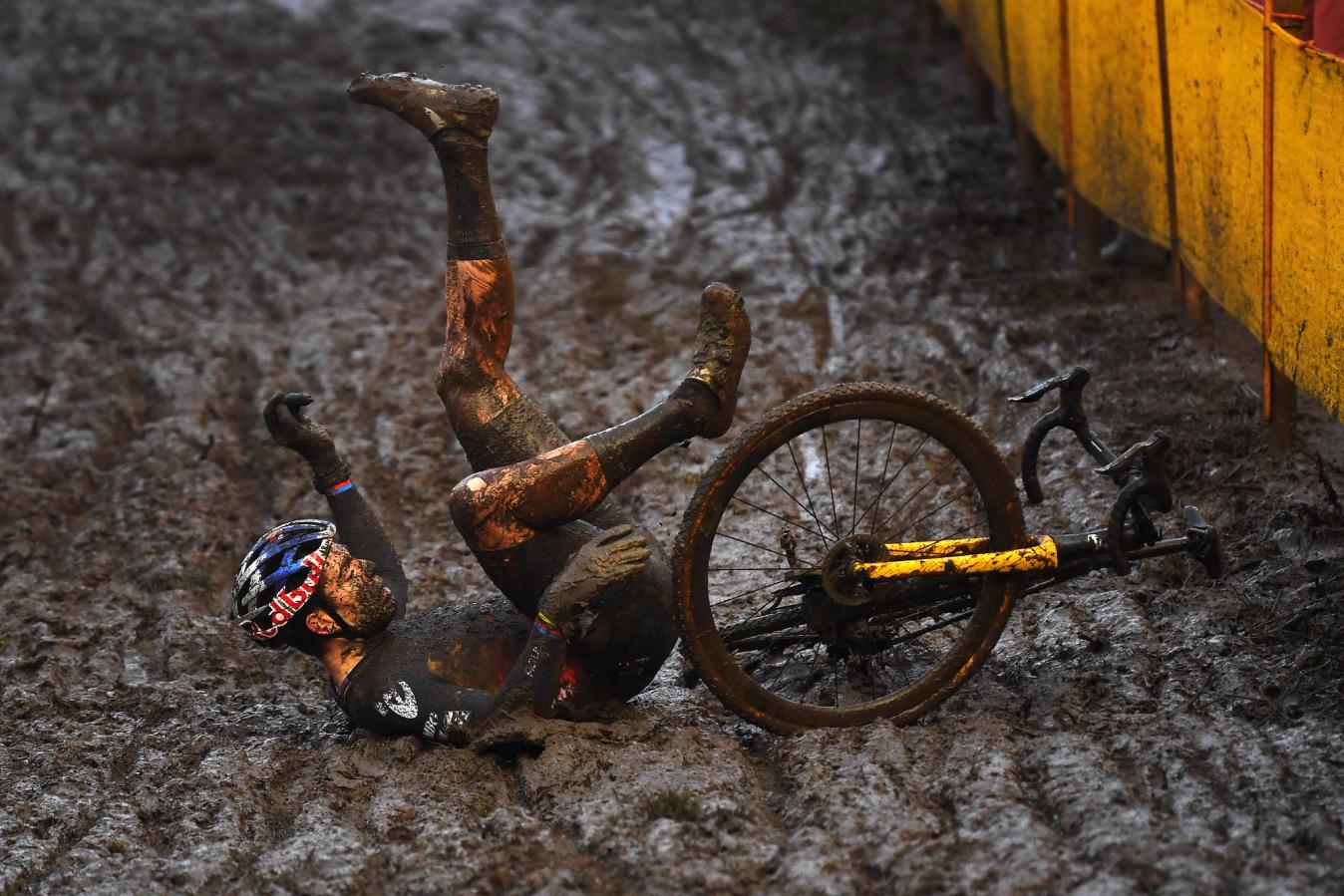
© Velo Collection (TDW) / Getty Images
Even knobbly ‘cross tyres can lose their grip on the muddy chutes that riders are often faced with
Unlike road races, which are often held over multiple, consecutive days with some lasting for as long as three weeks, cyclocross races are almost always held on a single day that, typically, falls at the weekend. Some of these races are wholly independent, while others are bundled together into season-long series with varying numbers of rounds.
In Europe, there are three major series: Superprestige, X²O Badkamers and Exact Cross, which up until 2022 was known as Ethias Cross. Superprestige’s ranking is based on cumulative points scored across several rounds, while X²O Badkamers’ is based on cumulative time - the rider who completes all of the series’ rounds in the lowest cumulative time wins. Exact Cross, on the other hand, is a series of independent races linked only by the title sponsor who organises them.
The Cyclocross24 website is a great place to find the upcoming racing calendar across the major series.
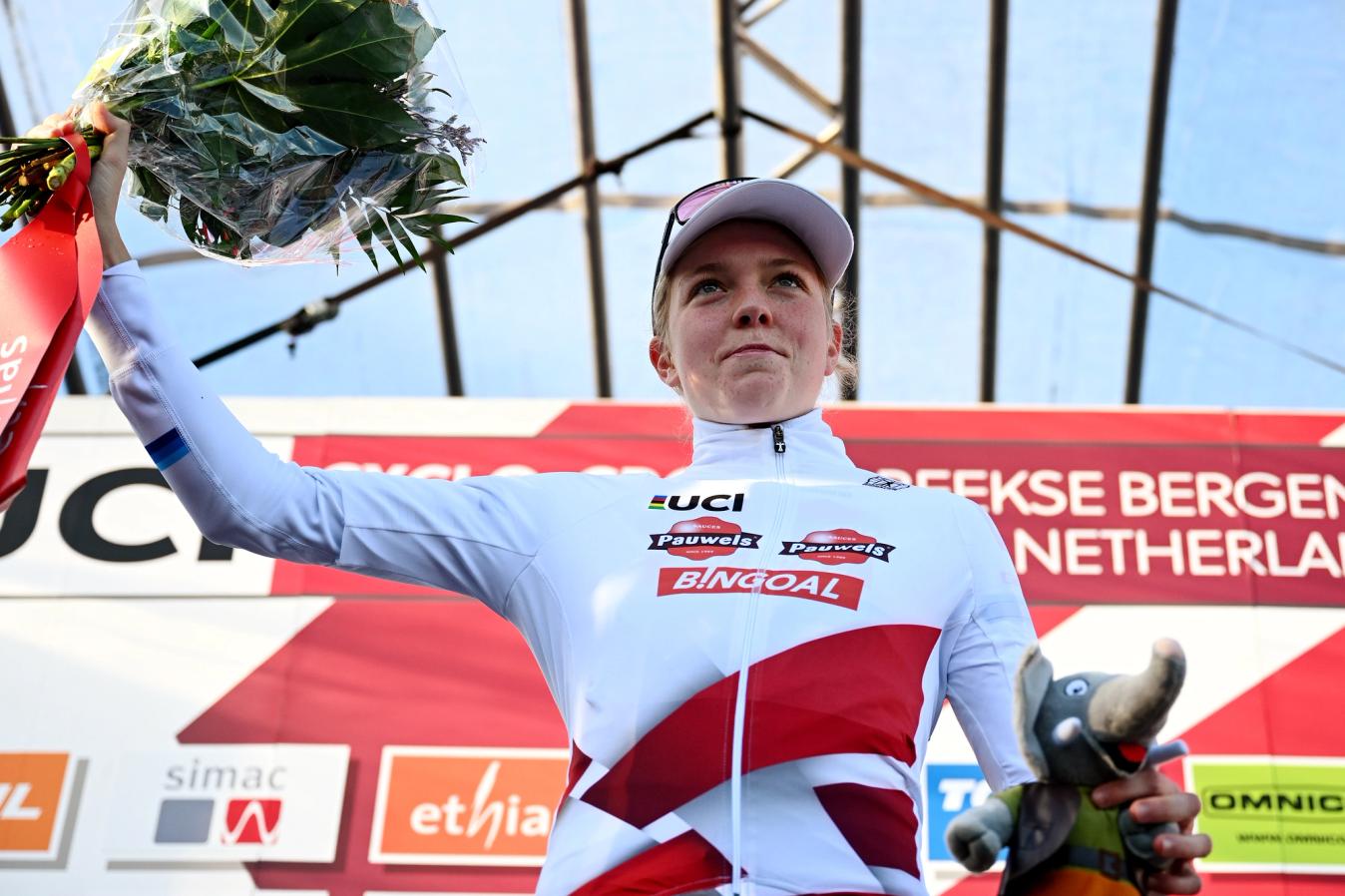
© Velo Collection (TDW) / Getty Images
A white and red jersey is worn by the leader of the UCI CX World Cup, the most prestigious ‘cross series of the lot
Across the pond, in America, the half-season-long USCX series is the high point of the domestic calendar and, like the Superprestige series, is decided on cumulative points.
Read more: How can I watch the USCX cyclocross series on
On a global scale, the UCI’s CX World Cup series marks the pinnacle of ‘cross, attracting the world’s best riders to the very best courses that nations like Belgium, Netherlands, France, Italy and America have to offer. Cumulative points decide this series too, there’s also a snazzy leader’s jersey - akin to the Tour de France’s famous maillot jaune - that denotes the leader after each round.
Where can I watch cyclocross?
The beauty of ‘cross is that it’s a spectator-focussed sport. Its ‘stadiums’ aren’t grand theatres like those built for football or rugby, more grassy fields sectioned off with tape, but the idea is the same, with fans standing shoulder to shoulder, cheering on their heroes as they watch them whizz past every few minutes for close to an hour. Hours can quickly turn into half a day should you stick around the venue to see all of the day’s events which regularly include elite, junior and amateur races split between men and women.
Amateur events are a great place to start watching ‘cross, particularly in the UK and US where there are thriving grassroots scenes. Just find an event happening near you and make sure you’re there on race day. After watching a couple of these events you may catch the ‘cross bug yourself and want to take part - that’s almost just as easy. Get yourself a racing licence and start from there, you don’t even need to break the bank with a new bike, your old MTB or road bike with some wider tyres will work just fine for an introduction.
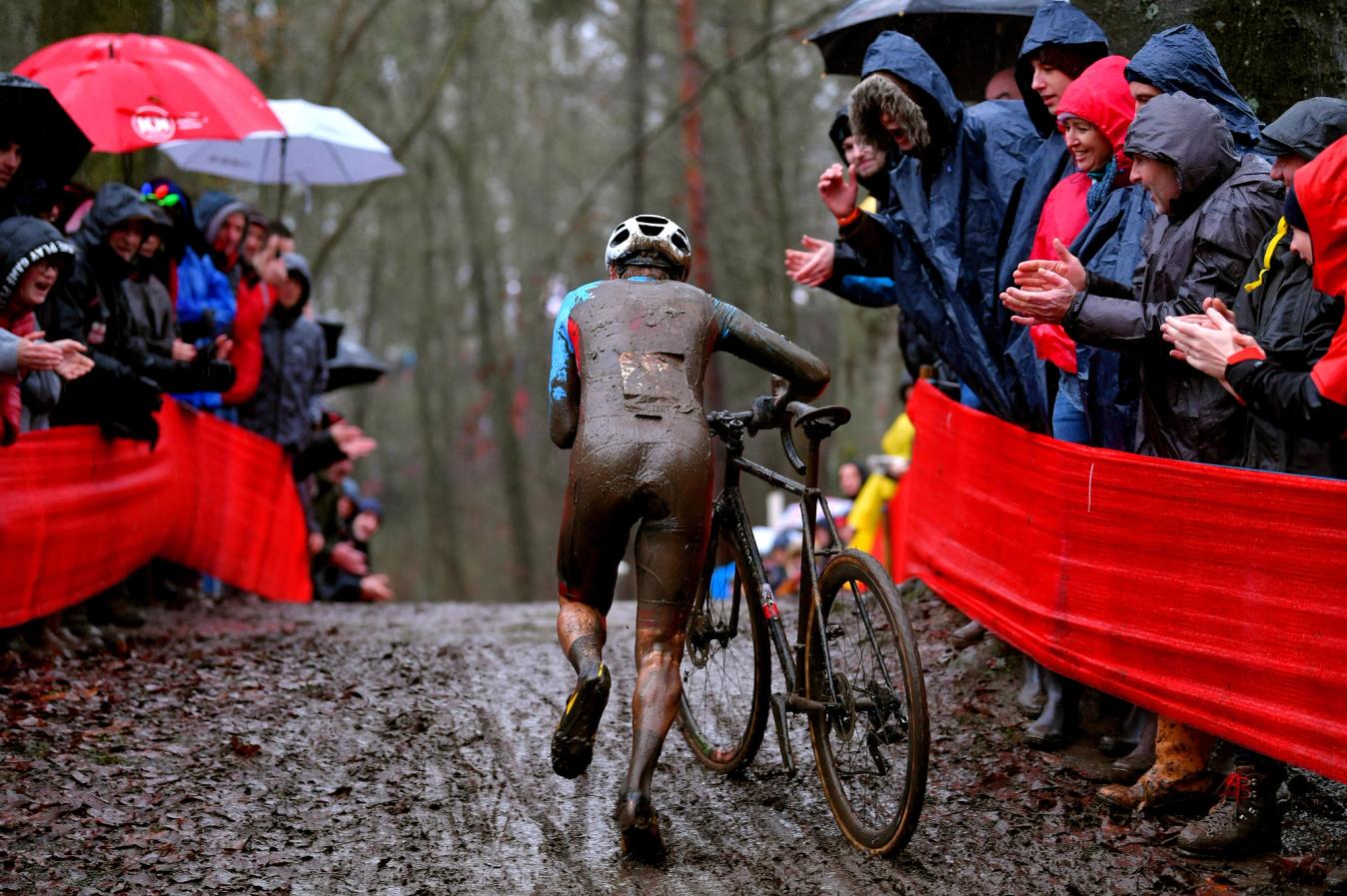
© Velo Collection (TDW) / Getty Images
Fans turn up in their thousands to cheer on their heroes, not to mention share in the often grim conditions
There’s no denying that the sport of ‘cross is best experienced in the flesh, when you can physically taste the grit and mud kicked up by passing riders inches from your face, but if you’re not able to travel to watch a race in person, or don’t find much fun in wading in a mud bath every other weekend, then you’ve got the option to watch a plethora of races online from the comfort of your own home.
All of the sport’s biggest races are broadcast live, most of them by us on GCN+! All of the major series mentioned above, as well as the season-defining World Championships, are available to watch live and on-demand across our various platforms.
The 2023/24 ‘cross season has already started but the biggest races begin in earnest with the first rounds of the USCX this coming weekend.
The USCX campaign opens up in Virginia with racing on Saturday and Sunday in Roanoke. Make sure to tune into our live coverage on GCN+ from 19:30 BST on Saturday 16 September, and the same time on Sunday evening.
Latest Videos
1Why VO2 Max Is The GREATEST Predictor Of Lifespan | Dan's Journey Back to Health and Fitness (Pt. 2)

2The Hottest Bikes & Pro Tech Of The Giro d'Italia 2024

3Your Bike WILL Get Stolen, Unless You Do This! GCN Tech Show 331

46 Bikepacking Essentials You DON'T Want To Forget!

5The Big GCN Giro d’Italia 2024 Preview Show!

